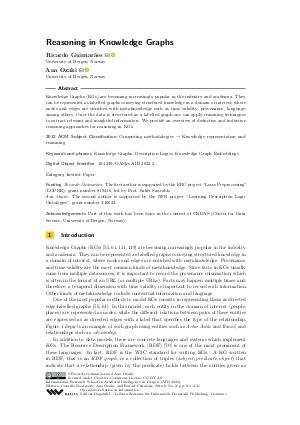OASIcs.AIB.2022.2.pdf
- Filesize: 0.98 MB
- 31 pages

 Creative Commons Attribution 4.0 International license
Creative Commons Attribution 4.0 International license








































Feedback for Dagstuhl Publishing